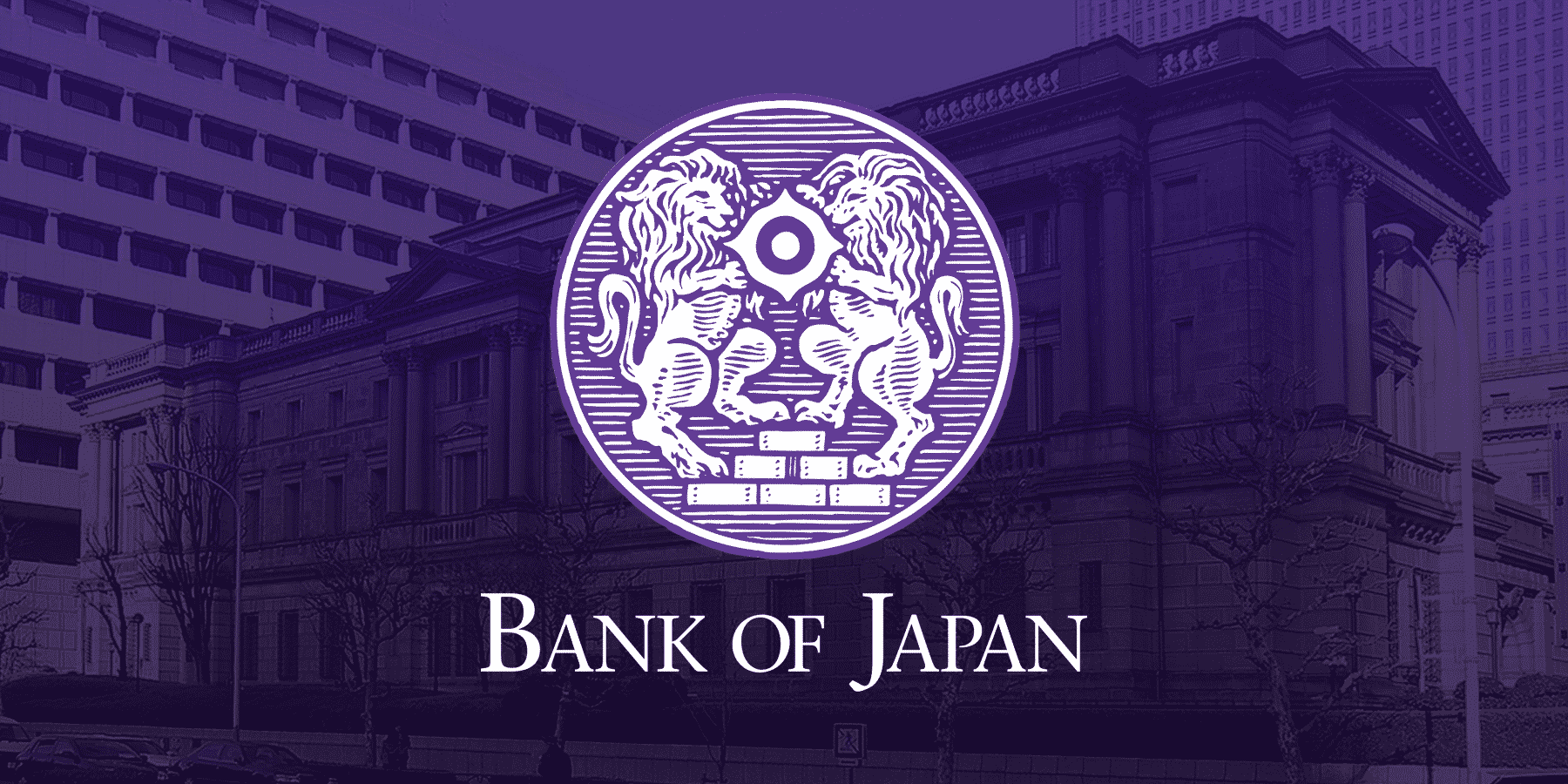The Bank of Japan has maintained its ultra-low interest rates as anticipated
The Bank of Japan decided to keep its ultra-low interest rates steady, a widely anticipated move, and conveyed growing confidence in meeting its 2% inflation target in the coming years.
As expected, the BOJ maintained its ultra-low interest rates, signaling a consistent approach to its accommodative monetary policy stance.
The central bank expressed increasing conviction that inflation will sustainably reach the 2% target in the future, suggesting a readiness to possibly raise borrowing costs later this year. This shows the BOJ’s belief in its policies’ ability to stimulate inflation.
In response, the yen dropped to its lowest level against the dollar in over 30 years, indicating that market participants view the BOJ’s policy stance as too loose and increasing pressure on the yen. The lack of clear guidance from the BOJ and the possibility of currency intervention have made markets cautious.
Governor Kazuo Ueda recognized that while yen movements often have temporary effects, their impact on underlying inflation is significant, particularly if they drive wage increases. This highlights the BOJ’s awareness of the relationship between currency fluctuations and inflation.
The BOJ’s quarterly outlook report shows growing confidence in achieving its inflation target, projecting core consumer inflation to rise to 2.8% in the current fiscal year before dropping to 1.9% in fiscal years 2025 and 2026. This suggests the central bank expects a gradual increase in inflation as wages and prices rise in tandem.
The updated outlook implies gradual progress toward reaching 2% inflation, though uncertainties remain. The BOJ stays cautiously optimistic about inflation trends while acknowledging the need to manage potential challenges.
The BOJ’s decision to uphold its current policy stance reflects its confidence in the economy’s direction and its commitment to achieving its inflation target. Nevertheless, market participants remain vigilant for developments that may affect the yen and inflation in the future.

